The poison dart frog, with its dazzling array of colors, seems like nature’s own jewel. However, beneath their vibrant exterior lies a serious warning to potential predators: danger. These distinctive amphibians are among the most toxic creatures on Earth. With a combination of vibrant beauty and lethal potency, the poison dart frog is a marvel of the animal kingdom. This article delves into the intricate world of these fascinating creatures, exploring their biology, habitat, and the paradoxical allure of their toxic nature.
Origins of the Poison Dart Frog’s Name

The poison dart frog got its name from the indigenous peoples of Central and South America. Native tribes used the frogs’ potent toxins to coat the tips of blow darts for hunting, utilizing the frog’s lethal secretions to paralyze prey quickly. This innovative use of natural resources underscores the longstanding human interaction with these remarkable creatures.
Colorful Warnings and Aposematism
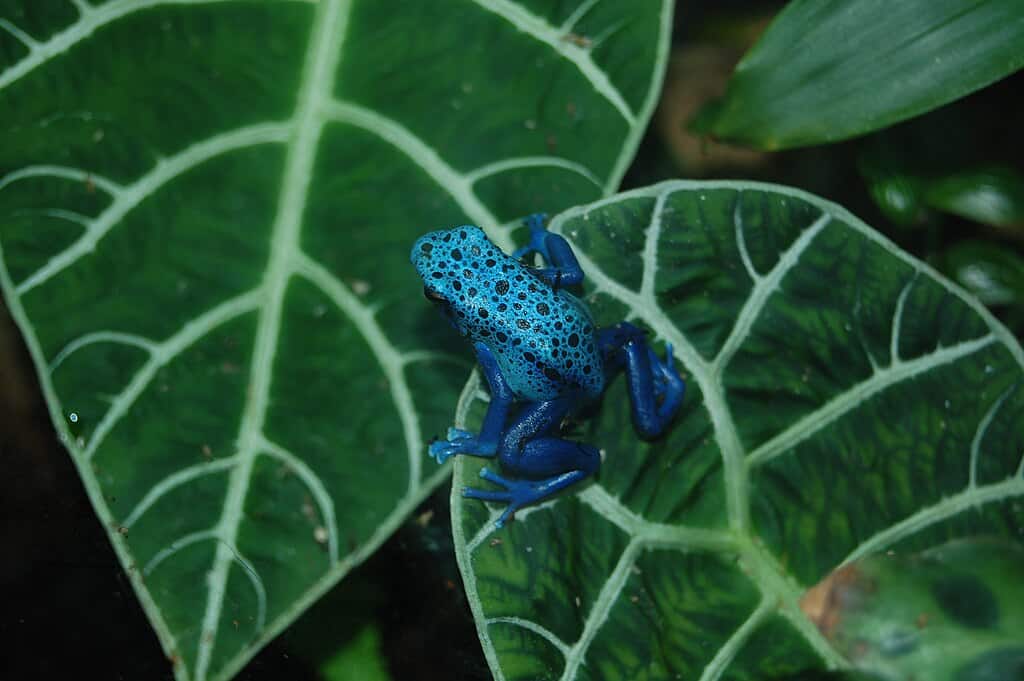
The vivid colors of poison dart frogs serve as a textbook example of aposematism, a biological mechanism where bright colors warn predators of toxicity. These frogs can boast of a color palette that includes electric blues, fiery reds, and lemon yellows. Their stunning hues are not just for show; they are essential survival adaptations that signal their danger to would-be attackers.
The Variety in Toxicity

Not all poison dart frogs are equally deadly. There are over 200 species, with toxicity levels ranging from relatively harmless to critical. The golden poison frog, for instance, is considered one of the most toxic animals on Earth, possessing enough poison to kill 10 adult humans. This variance in toxicity is attributed to their diet, which provides the necessary alkaloids for their potent skin secretions.
The Source of Their Deadly Venom
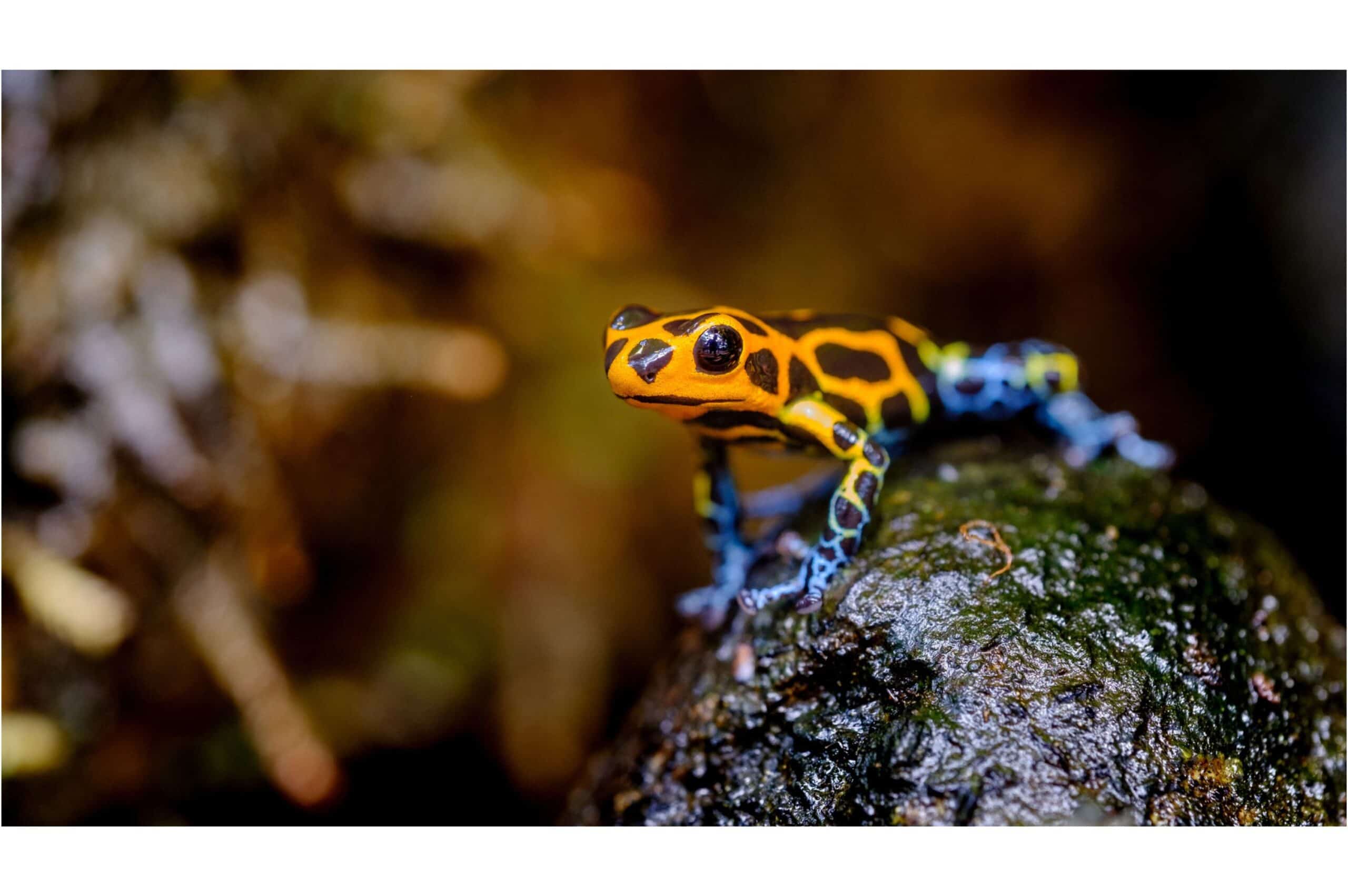
The poison dart frog’s toxicity derives from the specific diet they consume in the wild. They primarily feed on ants, termites, and other small invertebrates that contain alkaloid toxins. Through a complex physiological process, these frogs are able to sequester and synthesize these toxins, storing them within their skin cells as a defense mechanism.
Habitat: Where Vibrancy Thrives

Poison dart frogs are typically found in the rainforests of Central and South America. They thrive in the damp, humid environment, which supports a rich and diverse ecosystem. These amphibians are most active during the day, using the dense forest floors and foliage to hunt for food and evade predators. The rainforest provides both the resources and cover necessary for the frogs’ continued survival.
Reproduction and the Frog Life Cycle

Poison dart frogs employ unique reproductive strategies. Males often utilize vocal calls to attract females, and after mating, females lay eggs in moist environments. What’s fascinating is the parental involvement: the male or female will transport tadpoles to water sources on their backs, ensuring the young have adequate conditions to grow and develop into adult frogs.
The Role of Poison Dart Frogs in the Ecosystem

Despite their small size, poison dart frogs play a crucial role in their ecosystem. Predators that can withstand their toxins may feed on them, while the frogs themselves help control insect populations. Additionally, their vibrant presence adds to the overall biodiversity of the rainforest, which is critical for ecological health and stability.
Conservation Status and Human Impact
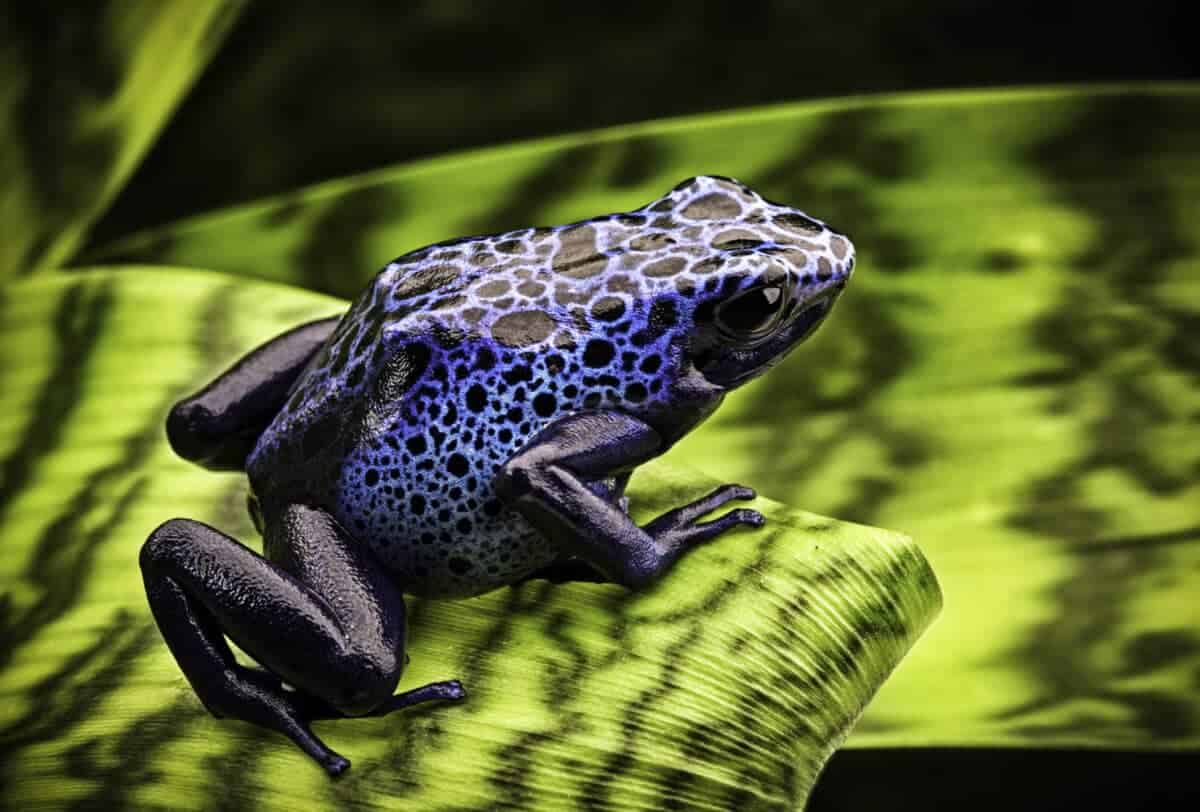
Unfortunately, many species of poison dart frogs face threats from habitat destruction, pollution, climate change, and the illegal pet trade. Deforestation has decimated vast areas of rainforests, significantly reducing their natural habitats. Conservation efforts are vital in preserving these iridescent inhabitants and the intricately woven rainforest ecosystems they call home.
Keeping Poison Dart Frogs as Pets
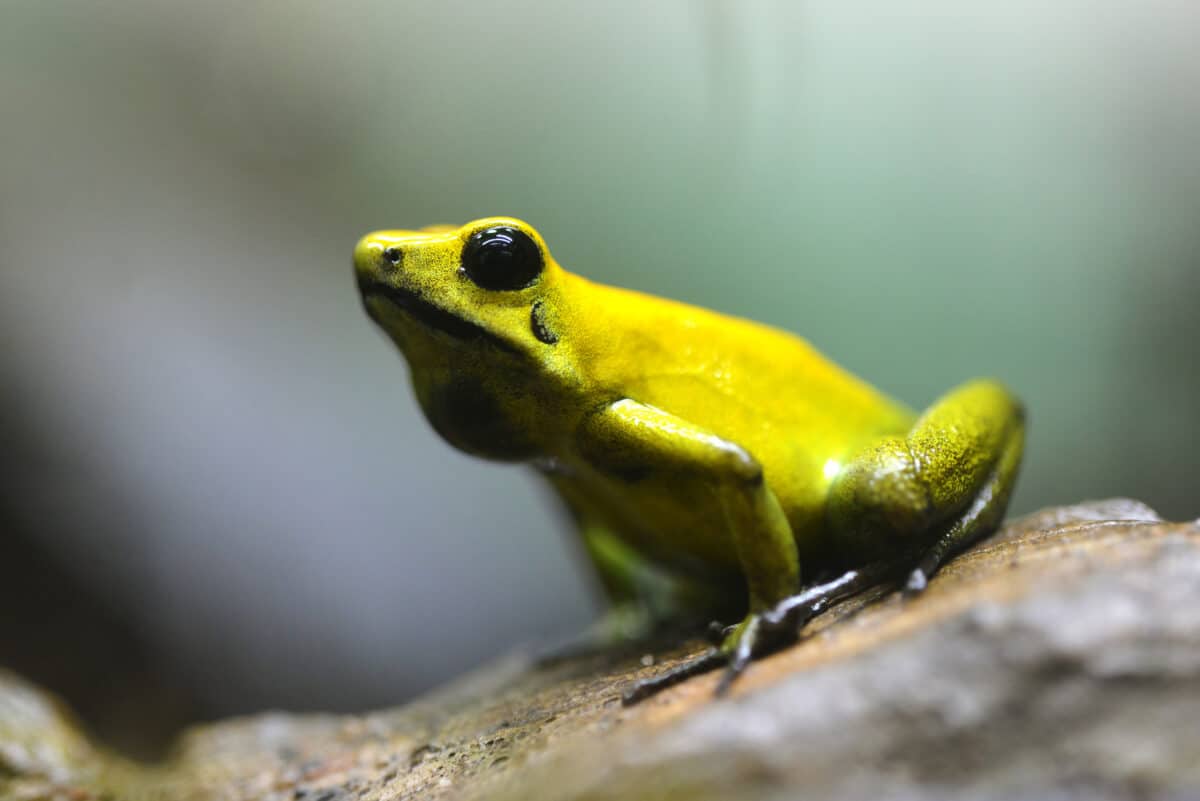
While it’s possible to keep poison dart frogs as pets, it requires conscientious care and attention. Aspiring owners must recreate a suitable habitat mimicking their natural environment, which includes maintaining high humidity levels and a thoughtful diet. Importantly, captive-bred individuals typically lack the harmful toxins found in wild frogs, but responsible pet ownership is still paramount to ensure their well-being.
Scientific Advancements from Toxic Studies

Toxin research from poison dart frogs has opened new avenues in medicine, particularly in pain management. Scientists study these toxins to develop new analgesic drugs that could offer powerful relief without the risk of addiction. This highlights how these small amphibians contribute to potential breakthroughs that can benefit human health.
Interactions with Indigenous Cultures

Poison dart frogs hold a significant place in indigenous cultures. Beyond their utilitarian use in hunting, they also feature in traditional lore and are seen as symbols of natural connection and biodiversity. This cultural reverence reflects the broader human relationship with nature, emphasizing the importance of respecting and preserving natural wonders.
The Allure and Misunderstanding of Their Mythos
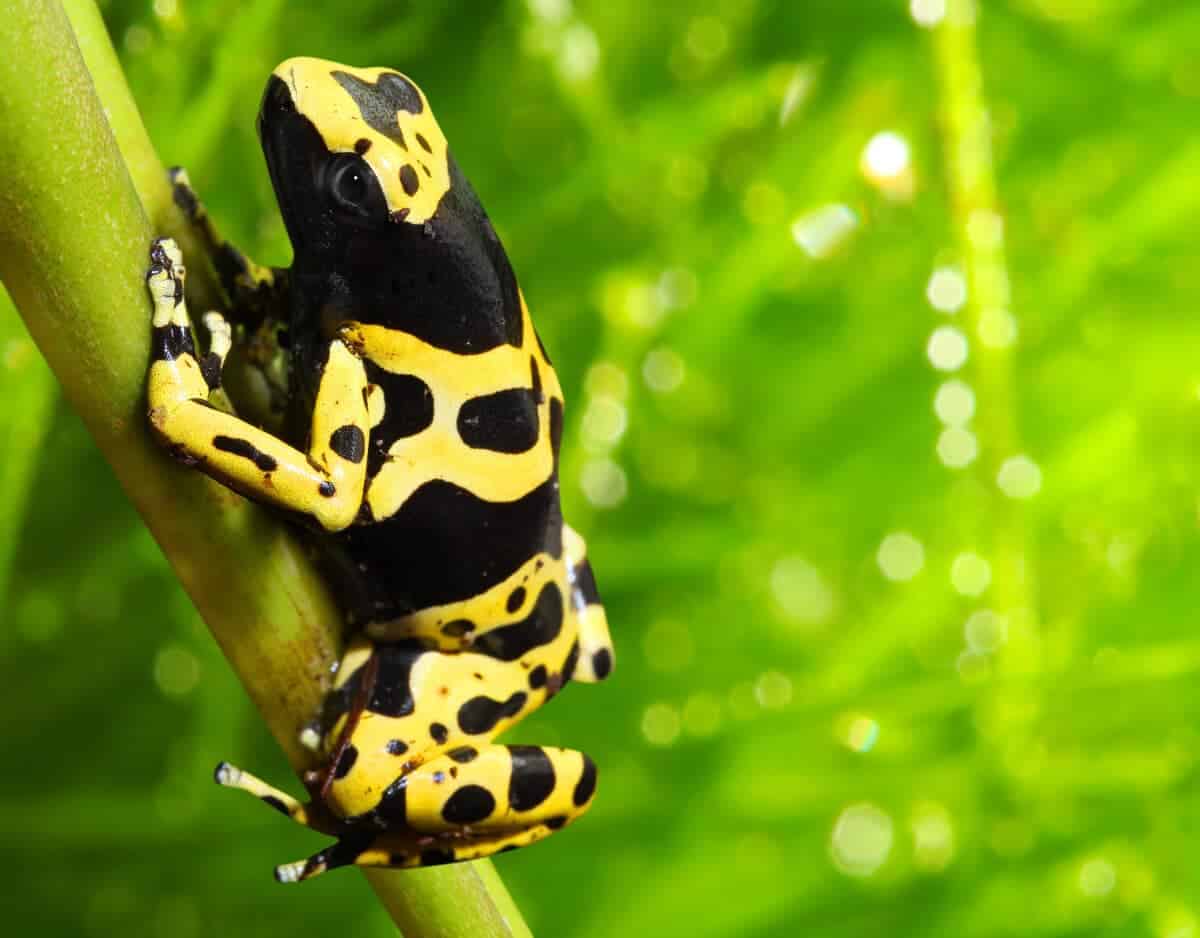
Despite their dangers, poison dart frogs captivate with their beauty and the enigmatic nature of their toxicity. They are often misunderstood due to their lethal reputation, but a closer look reveals a creature masterfully adapted to its environment. By understanding and respecting their role in the natural world, we can better appreciate the delicate balance they maintain within it.
Conclusion

In conclusion, poison dart frogs are among the most fascinating creatures Earth has to offer. Their striking appearance and lethal capacity are a testament to the incredible diversity and adaptiveness of amphibian life. Understanding these frogs enriches our perspective on nature’s complexities and underscores the urgency of preserving such vibrant yet vulnerable life forms. Harmony and respect remain essential in ensuring these extraordinary species continue to leap through the verdant tapestries of our planet’s rainforests.
- 14 Reasons Why Bears Are Afraid of Humans (Most of the Time) - August 9, 2025
- 11 Frogs That Look Too Weird to Be Real - August 9, 2025
- 14 Bizarre Animal Adaptations That Actually Work - August 9, 2025

